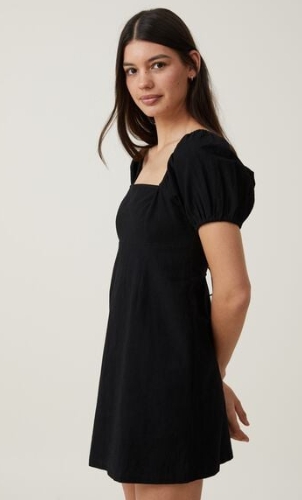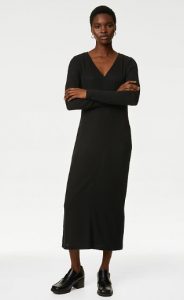
In the world of fashion, comfort is often a key determinant in the selection of clothing. It is a widely held belief that women's clothes are more comfortable than those designed for men. But why is this so? This article aims to delve into the reasons behind this perception, exploring the factors that contribute to the superior comfort of women's clothing.
Firstly, the fabric used in women's clothing plays a significant role in enhancing comfort. Women's clothes are often made from soft, breathable materials like cotton, silk, and linen, which are gentle on the skin and allow for better air circulation. These fabrics not only feel good against the skin but also help regulate body temperature, making them ideal for all types of weather.
Secondly, the design and cut of women's clothes contribute to their comfort. Women's clothing is typically designed with more flexibility and room for movement, accommodating a wider range of body shapes and sizes. The use of elastic and adjustable features in women's clothing, such as drawstrings, stretch panels, and adjustable straps, also adds to their comfort, allowing for a more personalized fit.
Thirdly, the evolution of women's fashion has seen a shift towards prioritizing comfort. The rise of athleisure and the normalization of casual wear have led to the creation of women's clothes that are both stylish and comfortable. Designers are increasingly focusing on creating clothes that women can feel good in, leading to the development of clothing lines that combine fashion with functionality.
Lastly, the psychological aspect cannot be overlooked. The perception of comfort is subjective and can be influenced by personal preferences and societal norms. Women are often expected to prioritize appearance over comfort when it comes to clothing. However, the growing acceptance of women's comfort as a valid concern in fashion has led to the creation of clothes that are not only aesthetically pleasing but also comfortable to wear.
In conclusion, the superior comfort of women's clothes can be attributed to a combination of factors, including the use of soft, breathable fabrics, flexible design features, a shift towards comfort-focused fashion, and changing societal norms. As the fashion industry continues to evolve, it is hoped that the importance of comfort in clothing will be recognized and prioritized for all genders.

